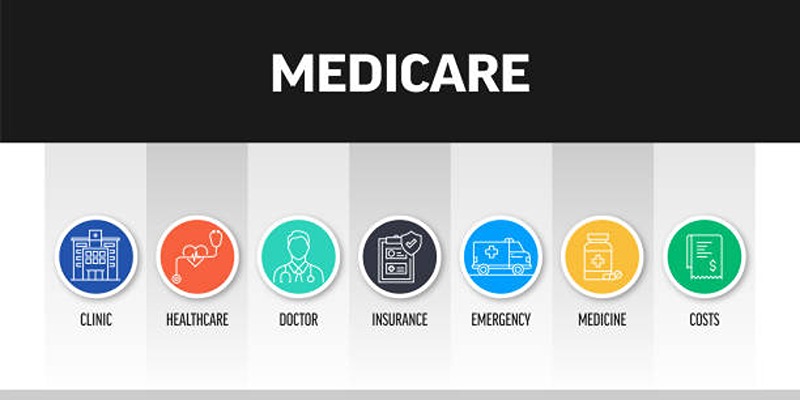As financial institutions transfer their (core) business to the cloud, financial regulatory agencies have issued regulations and informal guidance documents on the use of cloud services in the financial field. Cloud computing is a technology that uses computing resources through the network in a manner that can be automatically expanded according to the needs, and allows customers to pay for their usage. Unlike traditional computing based on proprietary data centers, cloud computing involves one service provider providing relatively standardized services to many different customers on a large scale. It ranges from non-critical services such as email management and application development to core functions such as payment processing and data storage. Various financial institutions such as banks and asset management companies are currently using cloud services. Here are three main ways to inform financial institutions of the effective supervision and supervision of cloud use: (1) Provide the background of financial institutions using cloud computing, as well as relevant advantages and risks; (2) Review the current regulation and structure of financial institutions using cloud computing; (3) Three measures to reduce obstacles to cloud computing in large-scale applications of financial institutions.

In the 1950s, with the advent of the first large-scale commercial computer, banks began to use computers. After many years to the 1980s and 1990s, banks gradually used personal computers and information technology data centers to replace the old-fashioned terminal technology. Nowadays, in order to respond to the ever-increasing demand for information technology (IT) and provide customers with more innovative, high-quality remote and mobile services, financial institutions have begun to shift from proprietary IT infrastructure to cloud computing. According to the analysis and Industry Research of the US Treasury Department, in the next ten years, due to the need to process large amounts of data and provide mobile priority digital banking services, it is expected that the migration of core financial service activities to the cloud will greatly increase.
The nature and extent of control and risk that financial institutions assume when using cloud services depend on the service model adopted. Cloud services can be divided into three basic models: infrastructure, software, and platform. The infrastructure-as-a-service model involves the use of computing infrastructure, such as servers, storage capacity, or network. The software-as-a-service model allows customers to run software developed by third-party service providers on the remote cloud servers. The platform-as-a-service model can provide more structure than the infrastructure model, but is more flexible than the software model. It supports customers to develop and use the software on the development infrastructure provided by application hosting and cloud service providers. Financial institutions' choice of service mode depends on their own needs and technical capabilities.

In addition to providing different service models, cloud providers also provide different deployment models. "Private cloud" refers to cloud resources dedicated to a single customer, while "public cloud" involves the use of standardized, commercialized cloud infrastructure by multiple different customers. This article focuses on the use of public clouds, that is, the use of computing resources on the infrastructure owned, managed, and shared with other customers by a third party. There are two reasons: (1) Public cloud provides the unique benefits of standardization, commoditization, and corresponding economies of scale; (2) The relationship between financial institutions and public cloud providers is fundamentally different from traditional outsourcing relationships-financial institutions use the public cloud to share computing resources with thousands of other customers from different jurisdictions.
The complexity of the banking business has brought about the continuous increase in the cost of proprietary data centers, which has caused financial institutions to continuously invest in new hardware infrastructure. In contrast, cloud providers provide customers with the ability to automatically scale up when additional resources are needed, and to automatically scale down when demand decreases. The automation and metering of cloud resources can help reduce the cost of technical infrastructure and convert a large number of upfront capital expenditures into smaller continuous operating costs. In addition, the lower upfront cost of cloud computing also makes it easier for fintech innovation companies to compete with mature financial institutions, which has great potential for improving services and expanding financial channels-especially for consumers in developing countries or service deficient markets.

Global cloud providers have a large scale of operations (from hundreds of data centers to transportation centers to decentralized development teams). They use automated mechanisms to quickly detect and repair problems, which can greatly restrict human intervention in data, thereby reducing the risks related to manual processes such as human errors. At the same time, due to the distributed nature of storage and processing in the cloud, the cloud provider can use more computing resources than a single financial institution. The cloud can also provide financial institutions with greater operational flexibility.
Cloud computing allows financial institutions to access computing resources on demand. Automatic scalability makes cloud computing particularly suitable for real-time analysis of large data sets, allowing users to continuously record and analyze large amounts of data. Financial institutions and regulators can also use cloud-based data analysis tools to better monitor compliance and deepen their understanding of financial system risks. Due to the use of cloud computing, the availability of complex data analysis is getting higher and higher, which not only improves the risk management of a single financial institution, but also promotes the benign development of the entire financial system.







